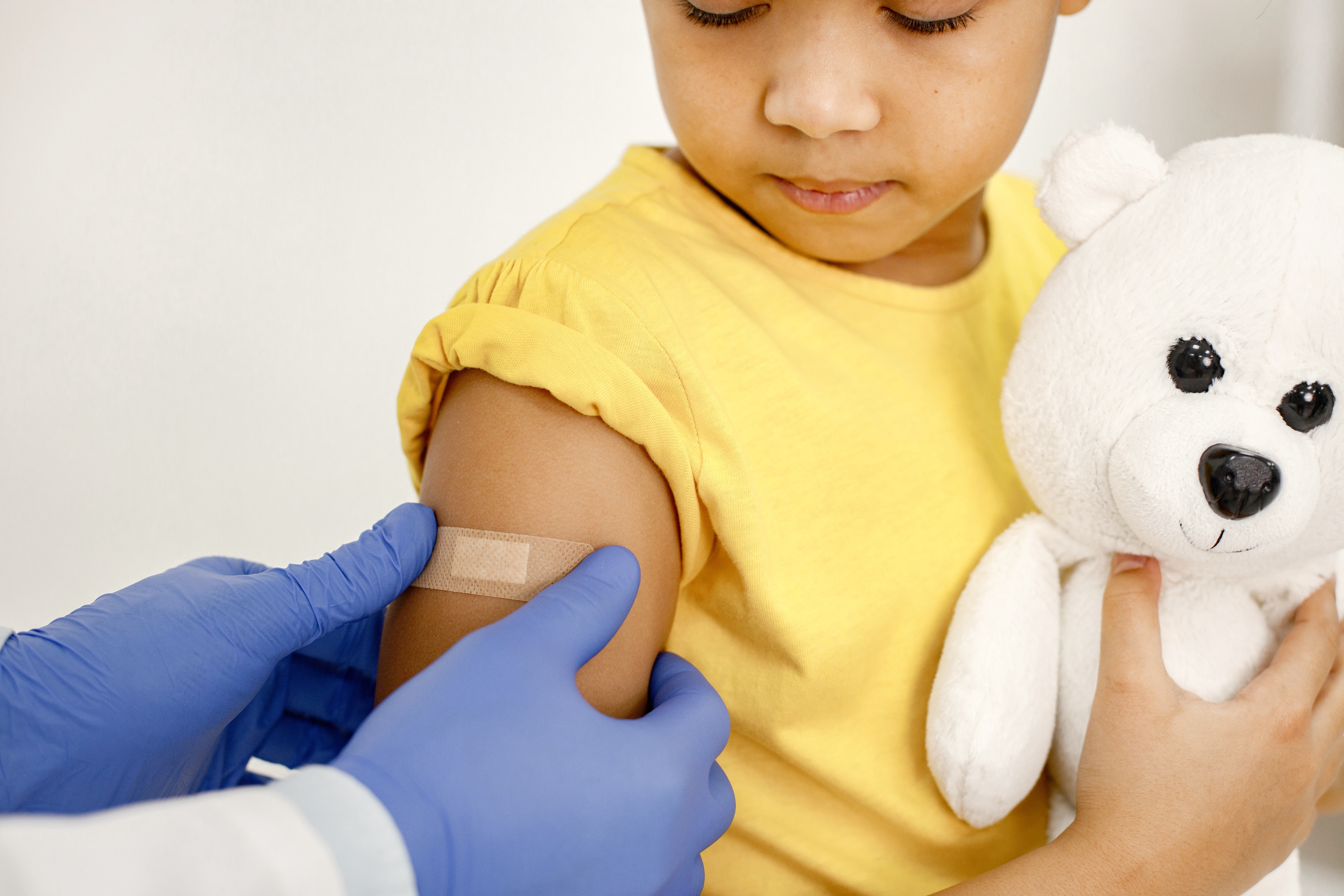Typhoid fever is a common illness that occurs in children. Typhoid fever typically results from an infection with Salmonella typhi bacteria. It is important to identify the symptoms of typhoid and understand how it spreads.
The symptoms of thyphoid fever in children
Symptoms of typhoid fever in children usually appear around 1–3 weeks after exposure to Salmonella typhi bacteria. Symptoms often develop slowly, from initial symptoms that look like common cold symptoms to something more serious.
Early symptoms
- A mild fever subsequently rose, reaching temperatures as high as 40 degrees Celsius
- Chills
- Headaches
- Feeling weak and fatigued
- Muscle pain
- Abdominal pain
- Diarrhea or constipation
- Skin rash
Sometimes, these symptoms may be accompanied by a decreased appetite, sweating, and coughing.
Late symptoms
A few weeks following the onset of initial symptoms, the infection can lead to issues in the intestinal tract, resulting in:
- Abdominal pain and swelling
- Bacterial spread to different body areas
- Confusion or trouble concentrating
Typhoid is a severe infection with a high likelihood of progressing to severe symptoms. Children affected by typhoid should receive hospital care to prevent complications and the worsening of symptoms.
Mode of Transmission
Typhoid typically transmits through water or food contaminated with Salmonella typhi bacteria. Children may encounter this bacteria by handling food or beverages without proper handwashing.
The prevalence of typhoid in children is notable, particularly after travel to areas lacking easy access to clean water and soap, leading to lapses in hand hygiene practices.
Additionally, children can contract typhoid from others through contact with shared public facilities like restrooms or surfaces like doorknobs, where the bacteria can persist and transfer to those who touch them.
Tips to prevent typhoid fever
Typhoid can progress to severe complications with life-threatening consequences, including internal bleeding, intestinal perforations, meningitis, or infections in various body parts.
To prevent its spread, it's important to take the following precautions:
- Ensure children thoroughly wash and dry their hands after using the restroom
- Teach children proper handwashing techniques and encourage frequent handwashing.
- Have children wash their hands before eating or drinking, especially in public settings
- Separate clothing exposed to soil or water from bodies of water (like pools, rivers, or lakes) or travel environments, washing them promptly with soap and clean water
- Ensure children consume food and beverages from clean sources
- Opt for freshly cooked and served warm food
- Avoid consuming unwashed fruits or vegetables
- Refrain from eating raw or undercooked meat or fish
- Choose pasteurized drinks or milk stored correctly
To mitigate complications and severe symptoms, children should receive the typhoid vaccine starting at 24 months of age, with a repeat dose every three years. Don't hesitate to see a doctor when you notice the initial symptoms that appear.
If you need medical advice or consultation, you can either visit a doctor or make use of the consultation features that are available in the Ai Care application by downloading the Ai Care application from the App Store or Play Store.
Looking for more information about pregnancy, breastfeeding, and the health of women and children? Click here!
- Sean Edbert Lim, MBBS
Kids Health (2022). Typhoid Fever. Available from: https://www.kidshealth.org.nz/typhoid-fever
Mayo Clinic (2023). Typhoid fever. Available from: https://www.mayoclinic.org/diseases-conditions/typhoid-fever/symptoms-causes/syc-20378661
Cleveland Clinic (2022). Typhoid Fever. Available from: https://my.clevelandclinic.org/health/diseases/17730-typhoid-fever
CDC (2019). Typhoid VIS. Available from: https://www.cdc.gov/vaccines/hcp/vis/vis-statements/typhoid.html
IDAI (2020). Jadwal Imunisasi Anak Umur, 0-18 Tahun. Available from: https://saripediatri.org/index.php/sari-pediatri/article/downloadSuppFile/1900/511











